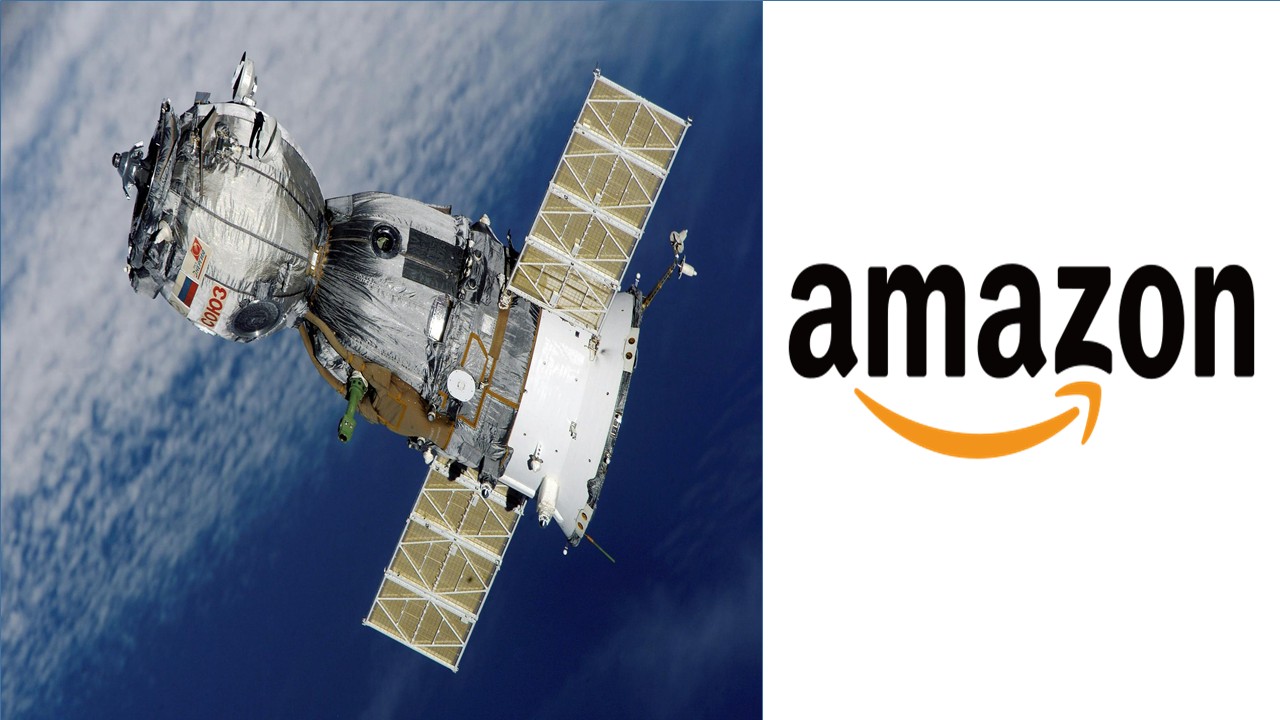Amazon is joining the space internet race by launching over two dozen satellites in space to compete with key industry players like Elon Musk’s SpaceX.
On April 9, the e-commerce and tech giant will launch the Kuiper Atlas 1 (KA-01) mission from the United Launch Alliance (ULA) Atlas V rocket at Cape Canaveral Space Force Station, Florida.
The rocket will deploy a constellation of 27 satellites on low earth orbit, approximately 280 miles from earth. Once they separate from the rocket, Amazon will manage the satellites from its Redmond, Washington, mission operations center.
“We’ve designed some of the most advanced communications satellites ever built, and every launch is an opportunity to add more capacity and coverage to our network,” said Rajeev Badyal, vice president of Project Kuiper, in a news release.
“We’ve done extensive testing on the ground to prepare for this first mission, but there are some things you can only learn in flight, and this will be the first time we’ve flown our final satellite design and the first time we’ve deployed so many satellites at once.”
However, Amazon is cautiously optimistic about the launch, warning that the mission was just the first step to future missions.
“No matter how the mission unfolds, this is just the start of our journey, and we have all the pieces in place to learn and adapt as we prepare to launch again and again over the coming years.”
The tech giant also kept its objectives simple by focusing on putting the satellites in orbit and achieving autonomous maneuverability and communication with ground stations.
“Our initial objective for the KA-01 mission is to deploy all of the satellites safely in orbit, which means they can independently maneuver and communicate with our team on the ground.”
To achieve this feat, they will enable onboard systems and use electric propulsion to “gradually ascend to their assigned orbit of 392 miles.”
Meanwhile, Amazon has not released details about the capabilities of individual satellites. However, they will travel at more than 7,000 miles per hour and orbit the planet every 90 minutes.
Amazon also claims they will be capable of providing high-speed, low-latency internet across the world. Currently, Musk’s SpaceX maintains a lead in that regard, providing internet to over 100 countries with a fast growing user base.
China also intends to catch up and overtake SpaceX in the space internet race. On August 9, 2024, Chinese government-backed company Qianfan launched low-Earth orbit (LEO) satellites from the Long March 6A rocket at the Taiyuan Satellite Launch Center in the northern Chinese province of Shanxi.
Qianfan intends to launch over 600 satellites in space by 2025 and eventually 14,000 satellites to dominate the space internet race currently dominated by SpaceX.
Other Chinese players, including the state-backed Guowang project owned by China Satellite Network Group, also plan to launch megaconstellations in space. China intends to have over 40,000 low earth orbit satellites in space within a decade.
Nonetheless, Musk’s SpaceX maintains a clear lead, having launched over 6,281 satellites in space by July 2024, and plans to achieve an eventual goal of over 42,000.
Clearly, Amazon is a latecomer in the space internet race, but nonetheless, the top three market leaders.













Leave a Reply